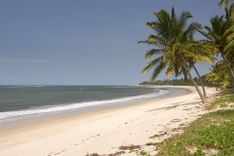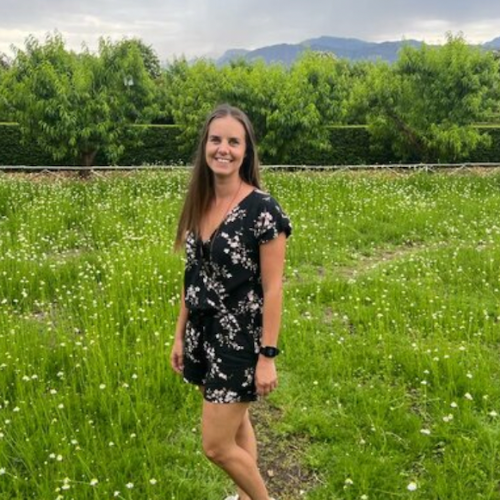Which region should I choose?
This is the big one. Tanzania has three main safari regions: the Northern Circuit, the Southern Circuit, and the far Western parks. Because distances are huge and internal travel isn’t quick or cheap, most travellers stick to just one.
The Northern Circuit is the blockbuster. It’s home to the Serengeti and Ngorongoro Crater, two of the best places to visit in Tanzania — and two of the busiest. If you're following the Great Migration, expect bumper-to-bumper 4x4s during peak moments. Still, if wildlife density is your top priority, this is the place.
Want fewer people and more wild? Head south. The vast parks of Selous and Ruaha are rougher, quieter, and more remote. You might spot fewer animals—but you’ll almost never spot another vehicle.
The west is wilder still. Think serious remoteness and rare experiences, like chimp tracking in the Mahale Mountains or exploring Katavi, a dream for seasoned safari-goers who’ve seen the rest and want something raw.
Inspired by Tanzania safari? Explore more safari options in Africa.










